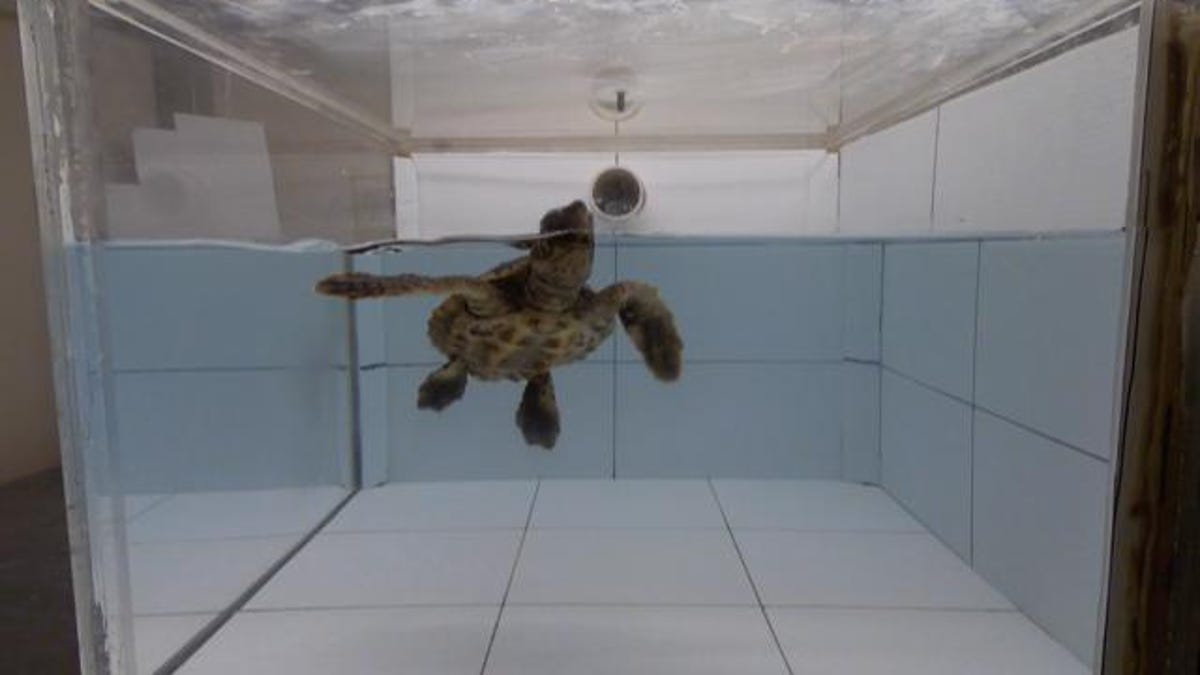Plastic could be deadly for sea turtles because it smells like food
This could help explain why they get tangled in plastic so often, researchers say.

Plastic can be a deadly draw for sea turtles, and scientists may know more about why.
Plastic can be incredibly dangerous for sea turtles because the creatures can mistake its smell for food, according to research published Monday.
"We found that loggerhead sea turtles respond to odors from biofouled plastics in the same way they respond to food odorants, suggesting that turtles may be attracted to plastic debris not only by the way it looks, but by the way it smells," Joseph Pfaller of the University of Florida, Gainesville, said in a release. "This 'olfactory trap' might help explain why sea turtles ingest and become entangled in plastic so frequently."
Biofouling happens when algae, plants, microbes and small animals accumulate on wet surfaces, as happens to plastics in the ocean.
Plastic debris poses a threat to around 700 species of marine animals, including sea turtles and whales, through ingestion and entanglement, according to the study. It's long been believed sea turtles mistake plastics for prey like jellyfish, but not much was known about how scent could play a role in drawing them in.
The study appears in the journal Current Biology. Its co-author, Matt Savoca of Stanford University's Hopkins Marine Station, had shown that airborne odorants that marine predators use to find good places to locate food are also released from marine-conditioned or biofouled plastic debris. So researchers started looking into what that could mean for sea turtles.
They rounded up 15 loggerhead turtles and sent several airborne odorants -- including deionized water and clean plastic (as controls), as well as the turtle's food and biofouled plastic -- through a pipe in an experimental area. The sea turtles had a similar response to the biofouled plastic and their food.
"We were surprised that turtles responded to odors from biofouled plastic with the same intensity as their food," Pfaller said. "We expected them to respond to both to a greater extent than the control treatments, but the turtles know the smell of their food since they've been smelling and eating it in captivity for five months. I expected their responses to food to be stronger."
Future studies could help researchers understand which chemicals the plastics emit to attract turtles and the role waterborne odorants might play.
"The plastic problem in the ocean is more complex than plastic bags that look like jellyfish or the errant straw stuck in a turtle's nose," Pfaller said. "These are important and troubling pieces to the puzzle, and all plastics pose dangers to turtles."

